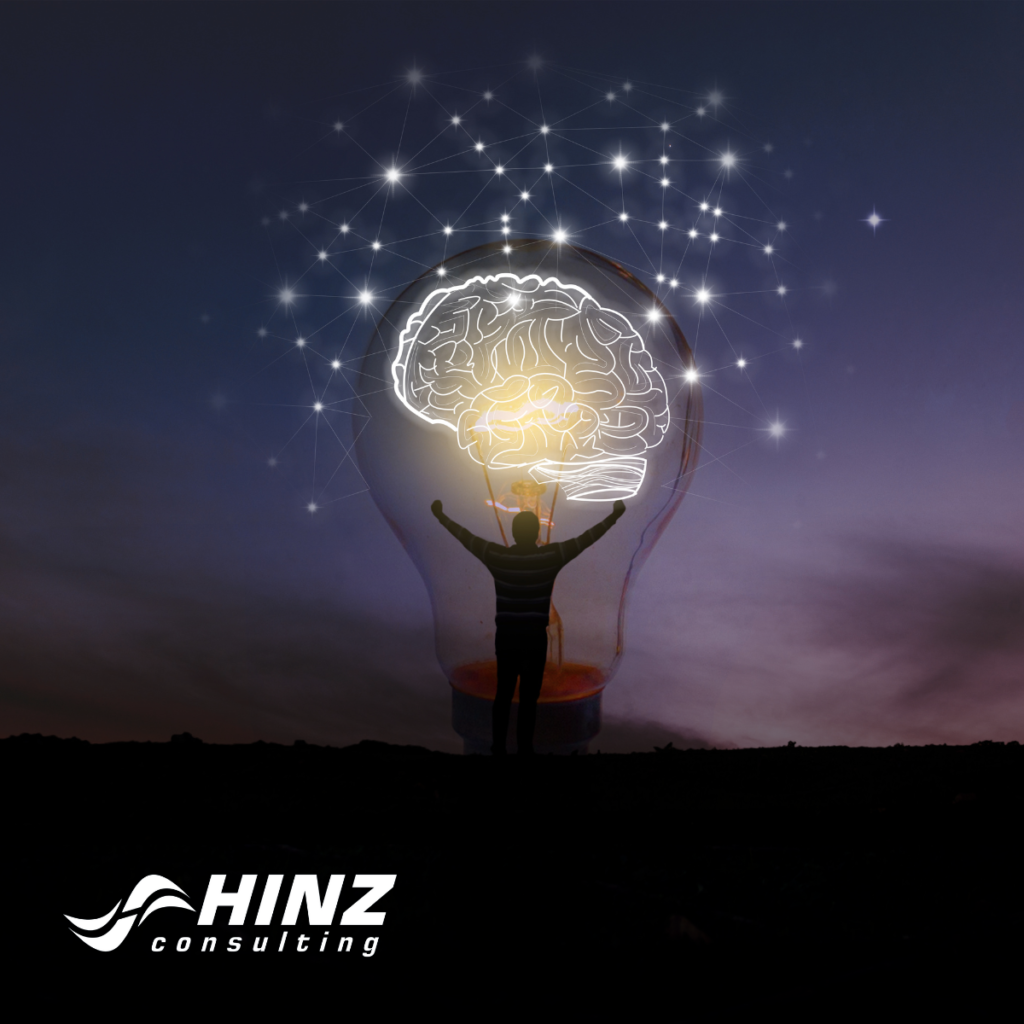A Guide to Making the Right AI Solution Choice

In a world where the half-life of technology is faster than ever, choosing the right AI solution is akin to navigating a constantly evolving landscape. As companies race to stay at the forefront of development, your beacon of guidance is the AI Center of Excellence (AI COE), alleviating the burden of tracking advancements. Let’s delve […]
Benefits of AI Proposal Writing

In the ever-evolving landscape of proposal writing, leveraging the benefits of Artificial Intelligence (AI) has become a game-changer. AI proposal writing isn’t just about automation; it’s a strategic investment in efficiency, effectiveness, and overall success. This guide aims to unravel the multitude of benefits that AI brings to the table, transforming the way businesses approach […]
What Is AI Proposal Writing?

In the dynamic landscape of proposal writing, Artificial Intelligence (AI) proposal writing stands as a beacon of innovation, reshaping the conventional methods of crafting winning proposals. At its core, AI proposal writing is the strategic integration of artificial intelligence, leveraging advanced technologies like machine learning and natural language processing, to redefine and enhance the entire […]
Navigating the Value-Price Dynamics in Federal Proposals

In the realm of proposal creation, the integration of Artificial Intelligence (AI) brings about notable advancements. However, one of the persistent challenges associated with proposals relying solely on AI is the difficulty in understanding nuances. Despite significant progress in natural language processing and understanding, AI systems may still grapple with the subtle and context-dependent aspects […]
Why Exclusively AI-Driven Proposals May Face Challenges

While AI can be a powerful tool in various aspects of business, proposals that rely solely on AI may face certain challenges and limitations. Here are some reasons why proposals may fail if they rely exclusively on AI: Lack of Human Touch: AI, by its nature, lacks human emotions, intuition, and empathy. Proposals that only […]
Partitioned Customer Environments

In the realm of data security, the concept of Partitioned Customer Environments (PCE) stands as a robust safeguard, especially in industries where the protection of sensitive customer data is paramount. Let’s delve into what PCE entails and why it is a critical measure in the ever-evolving landscape of cybersecurity. In the digital age, businesses accumulate […]
Challenges Of AI Creativity In Proposals

The integration of Artificial Intelligence (AI) in proposals is transformative, but a persistent notion suggests that AI may suffer from limited creativity. This perception is deeply rooted in the current capabilities and limitations of AI, particularly when it comes to generating innovative and original ideas within the context of proposals. Pattern Recognition vs. Novelty AI […]
Understanding Computer Vision in AI:

Definition · Core Concept: Computer vision is a field within artificial intelligence that enables machines to interpret and make decisions based on visual data. · Goal: Mimic human vision capabilities, allowing machines to understand and extract information from images or videos. Key Components · Image Acquisition: The process of obtaining images through cameras or sensors. […]
Navigating Nuances: The Challenge of AI in Proposal Understanding

In the realm of proposal creation, the integration of Artificial Intelligence (AI) brings about notable advancements. However, one of the persistent challenges associated with proposals relying solely on AI is the difficulty in understanding nuances. Despite significant progress in natural language processing and understanding, AI systems may still grapple with the subtle and context-dependent aspects […]
What is generative AI vs. true AI?

In the vast landscape of artificial intelligence, two terms often surface: Generative AI and True AI. While both fall under the umbrella of AI, they represent distinct approaches and capabilities. Let’s delve into the nuances that set Generative AI apart from True AI. Defining Generative AI Generative AI, also known as synthetic AI, focuses on […]
